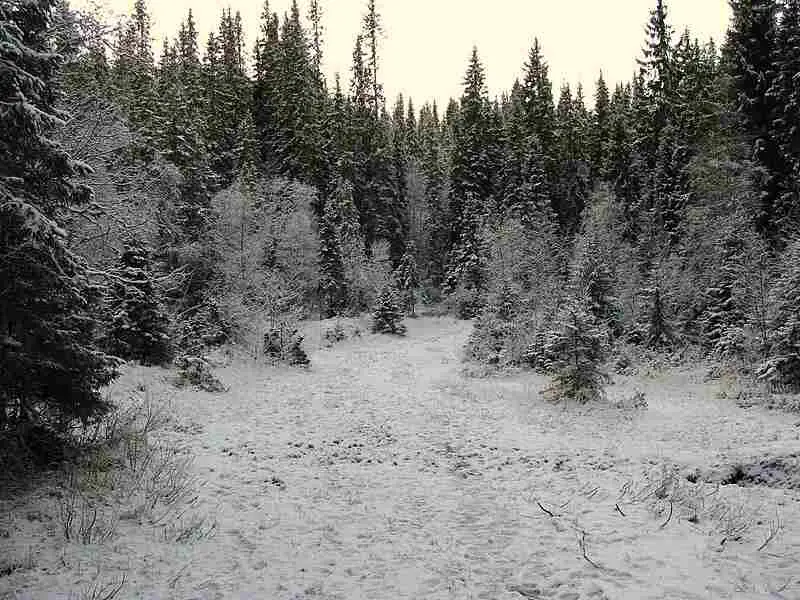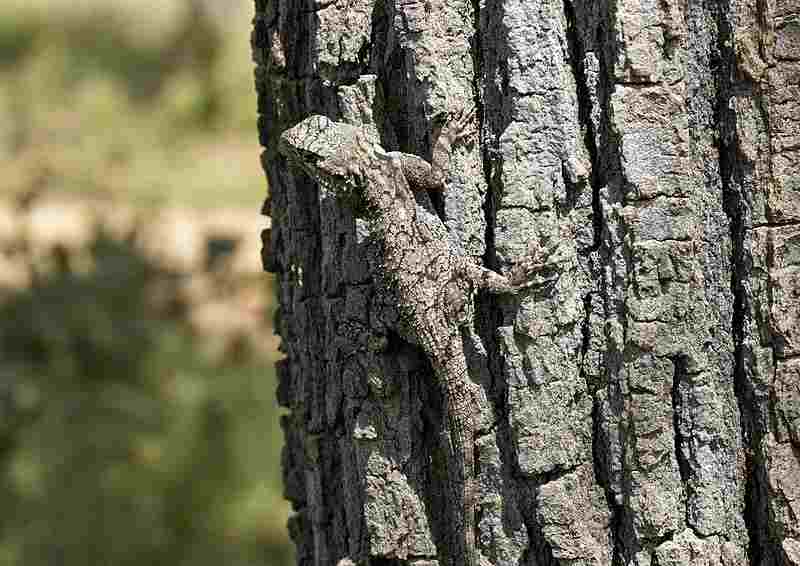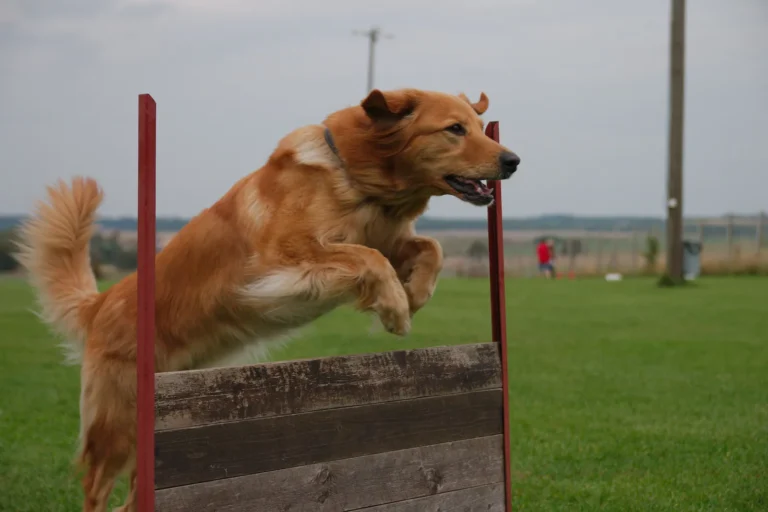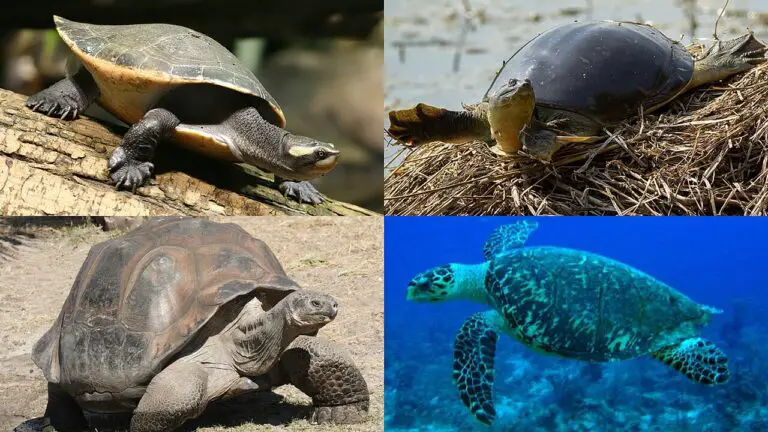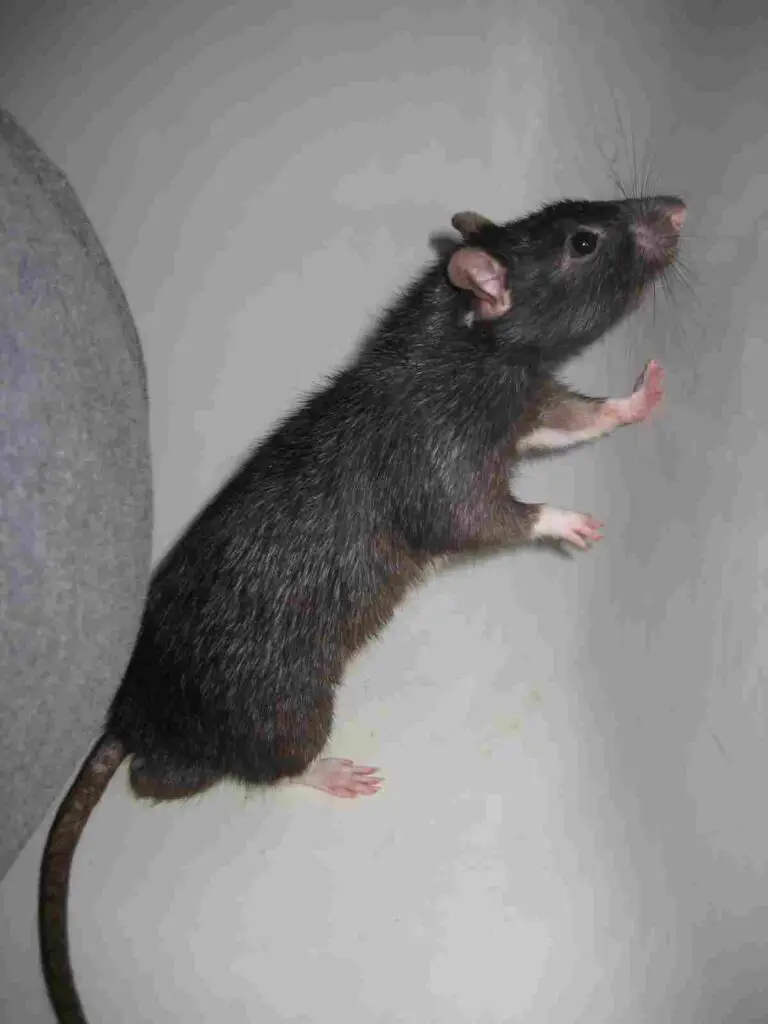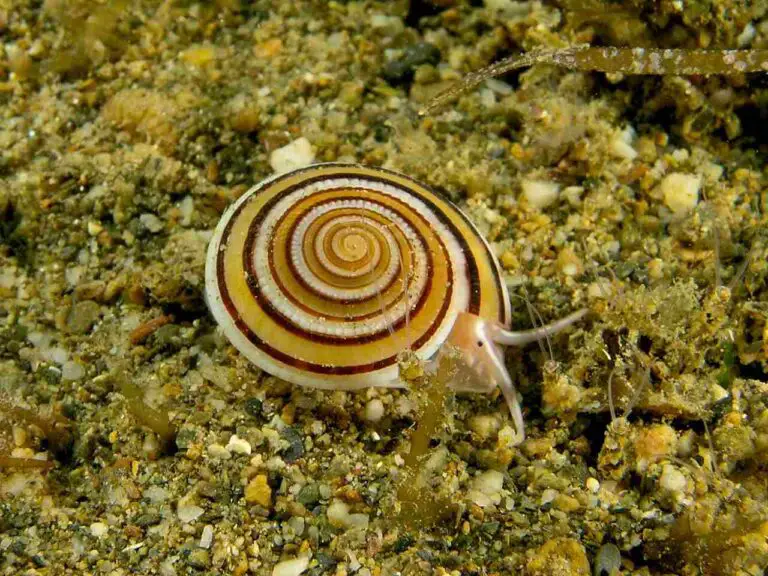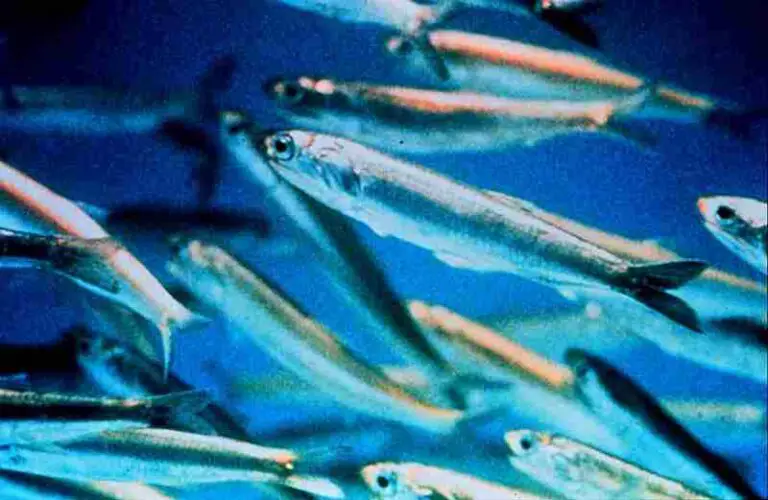Boreal Forest Definition, Facts, Examples, Types, and Locations
Boreal forest is a distinctive terrestrial biome with long cold winters, short cool summers, coniferous trees, and other groups of plants and animals.
This article discusses boreal forest definition, facts, examples, types and locations, as outlined below;
-Boreal Forest Definition: 4 Ways to Define the Boreal Forest
Boreal Forest Definition: 4 Ways to Define the Boreal Forest
The boreal forest definition can be outlined on the basis of multiple factors.
One of these factors is the climate of the boreal forest, which is used in the following boreal forest definition;
Boreal forest is a terrestrial ecosystem with coniferous vegetation, whose climatic conditions include; moderate humidity and precipitation; long, cold winters and short, cool summers [2].
Next, the plants in a boreal forest is used to outline the boreal forest definition;
The boreal forest is cold biome with various types of vegetation that include (mostly) coniferous trees like larch; as well as herbaceous plants, shrubs, ferns, lichens and mosses.
Biotic factors in any ecosystem include plants, animals, and the processes of their interaction with each other and (abiotic components of) their environment.
In accordance with the above statement, animals in the boreal forest are equally important as plants, for outlining the boreal forest definition. This is shown below;
A boreal forest, is a cold, vast area of land dominated by coniferous trees and having relatively-low species richness; with native animal populations of rodents, large herbivores, felines, canids and insects, as well as very few species of amphibians and reptiles.

Lastly, the basic trophic levels of the food chain in boreal forests, is used as a central theme for the boreal forest definition, as follows;
A boreal forest, alternatively referred to as a taiga; is a remote and sparsely-populated cold vegetated zone, with an active food chain comprising of producers like larch; primary consumers like snowshoe hare; secondary consumers like lynx; tertiary consumers like gray wolf; and quaternary consumers like Siberian tiger.
Boreal Forest Facts
Some boreal forest facts are;
1. Cold, long winters and short summers characterize the boreal forest
2. The boreal forest is one of the largest terrestrial ecosystems on Earth, and spans over 10% of total land area [3]
3. Dominance of coniferous, evergreen trees like fir and spruce is a typical attribute of boreal forests
4. While its biodiversity is lower than that of rainforests, the boreal forest still supports a fair number of plant and animal species
5. Climate is one of the predominant drivers of adaptation in boreal forest organisms
6. Boreal forests excel as carbon sinks, with large-scale carbon sequestration being a typical characteristic [4]
7. Many boreal forest plants have water-conservation abilities
8. Wetlands and aquatic ecosystems like lakes and ponds occur as micro-habitats in several boreal forests
9. Boreal forests are ecologically crucial as breeding zones for numerous species of native and migratory bird-populations
10. Urbanization and deforestation are current threats facing boreal forests across the world
Examples of Boreal Forests
Three (3) examples of boreal forests are; the Siberian, Alaskan, and Canadian boreal forests, respectively.
They are each briefly discussed below;
1). Siberian Boreal Forest (as one of the Examples of Boreal Forests)
Siberian forest is an alternative name for the Russian boreal forest, which is widely considered to be the largest boreal forest zone on Earth.
It is distinctive in its organic population, which comprises several bird species, reindeer, brown bear, Siberian tiger, and plants like the spruce and Siberian pine.
With its areal coverage and cold conditions, the Siberian boreal forest is a major contributor to the natural carbon cycle.
2). Alaskan Boreal Forest
The boreal forest zone of Alaska in fact comprises of multiple forested areas, which constitute a vast stretch of land occupied by coniferous vegetation, when viewed as a unit.
Summers in the boreal forests of Alaska are relatively warm, while winters are long and cold.
Wetlands and water bodies are also present in the ecoregion [1].
Animals in the Alaskan boreal include moose, caribous, grizzly bears and lynxes. Hemlock and pine are exampled of native plants.
3). Canadian Boreal Forest (as one of the Examples of Boreal Forests)
The Canadian boreal forest occupies a significant portion of the northern part of Canada, and is characterized by the presence of both deciduous and coniferous trees [5].
Conifers are dominant in this ecoregion, and include examples like; pine, spruce, tamarack (Larix laricina), and fir. On the other hand; maple and birch are among the deciduous trees represented.
Many Alaskan boreal organisms are found also in the Canadian boreal forest; including moose and several species of birds. Other native animals include wolves and black bears.

3 Types of Boreal Forests
Three (3) types of boreal forests are; high, middle and low boreal forests respectively; and they are differentiated by their geographic location(s), as discussed below;
1). High Boreal Forest (as one of the 3 Types of Boreal Forests)
High boreal forest occurs in the northern section of the boreal ecoregion.
Its characteristics include extreme cold, with extensive winter periods and relatively-short summers.
Permafrost is also a typical feature due to the extreme cold, and plants include fir trees which are highly-adapted to the inherent conditions.
2). Middle Boreal Forest
The middle (also called closed, or enclosed) boreal forest is a type of boreal forest that is designated by its central geo-location within the ecoregion.
It is fairly expansive in areal coverage, and is generally less-harsh (in terms of climate) than the high boreal forest.
This allows for a longer growing and breeding season, with wetlands, understory plants, and non-vascular lichens as well as mosses, being present.
3). Low Boreal Forest (as one of the 3 Types of Boreal Forests)
The low (or southern) boreal forest occurs in the southernmost part of the boreal ecoregion, and has the mildest of climatic conditions, as well as the highest biodiversity among the types of boreal forests.
Milder climatic conditions imply that growing seasons in the low boreal forest are relatively prolonged, with warmer conditions for seed germination, plant growth and animal breeding.
Due to its higher tolerance of biodiversity, the low boreal forest is often mixed, with both coniferous and deciduous trees being represented.
Also, as its extends further southward, the low boreal forest transforms into temperate forest.
Boreal Forest Locations
The main boreal forest locations in the world are; Scandinavia, Canada, Alaska, and Russia; while other high-latitude countries like China, Belarus, Estonia, Greenland, Kazakhstan and Mongolia, contain patches of boreal forest across their landscape.
Each of the main boreal forest locations is discussed briefly below;
1). Scandinavia (as one of the Main Boreal Forest Locations)
The Scandinavian region includes Norway, Sweden, Finland, Iceland and Denmark, and harbors an extensive forested biome comprising several areas covered with coniferous trees like pine and spruce.
Along with Russia, these countries constitute the main locations of boreal forests in Europe.
2). Canada and Alaska
Canada and Alaska (United States) are the two main boreal forest locations in North America.
Because of their geographic proximity, these two boreal zoned are similar in climatic condition(s), plant and animal species.
Parts of Canada containing boreal forest are; Alberta, British Columbia, Labrador, Manitoba, Newfoundland, Ontario, Quebec and Saskatchewan. The Kenai Peninsula in Alaska is home to boreal forest plants and animals.
3). Russia (as one of the Main Boreal Forest Locations)
The Russian boreal forest is very extensive, and covers sever locations including Tyumen, Komi and Karelia.

Conclusion
A boreal forest is a terrestrial ecoregion with long cold winters, cool summers, and dominant presence of coniferous trees.
Three (3) examples of boreal forests are;
1. Siberian Boreal Forest
2. Alaskan Boreal Forest
3. Canadian Boreal Forest
Three (3) types of boreal forests are;
1. High Boreal Forest
2. Middle Boreal Forest
3. Low Boreal Forest
The main boreal forest locations in the world are;
1. Scandinavia
2. Canada and Alaska
3. Russia
References
1). Gingras, B.; Slattery, S.; Darveau, M. (2018). "Boreal Wetlands of Canada and the United States of America." The Wetland Book (pp.521-542). Available at: https://doi.org/10.1007/978-94-007-4001-3_9. (Accessed 4 June 2023).
2). Greiser, C.; Meineri, E.; Luoto, M.; Ehrlén, J.; Hylander, K. (2018). "Monthly microclimate models in a managed boreal forest landscape." Agricultural and Forest Meteorology 250:147-158. Available at: https://doi.org/10.1016/j.agrformet.2017.12.252. (Accessed 4 June 2023).
3). Grosbois, G.; Chun, D.; Lau, D. C. P.; Berggren, M.; Girona, M. M.; Goedkoop, W.; Messier, C.; Hjältén, J.; Del Giorgio, P. (2023). "Land and Freshwater Complex Interactions in Boreal Forests: A Neglected Topic in Forest Management." Boreal Forests in the Face of Climate Change (pp.719-745). Available at: https://doi.org/10.1007/978-3-031-15988-6_29. (Accessed 4 June 2023).
4). Langston, N. (2009). "Paradise Lost: Climate Change, Boreal Forests, and Environmental History." Environmental History 14(4):641-650. Available at: https://doi.org/10.1093/envhis/14.4.641. (Accessed 4 June 2023).
5). Young-Robertson, J.; Bolton, W. R.; Bhatt, U. S.; Rosselló, J. C.; Thoman, R. (2016). "Deciduous trees are a large and overlooked sink for snowmelt water in the boreal forest." Scientific Reports 6(1):29504. Available at: https://doi.org/10.1038/srep29504. (Accessed 4 June 2023).

